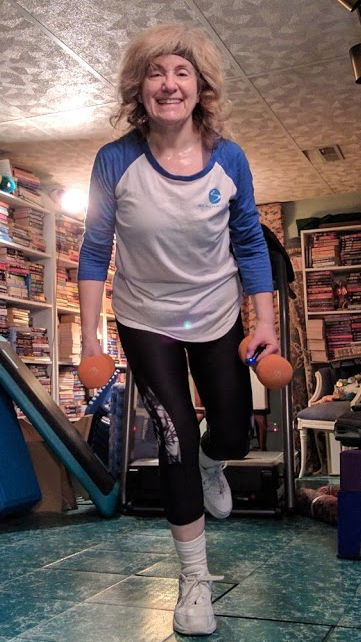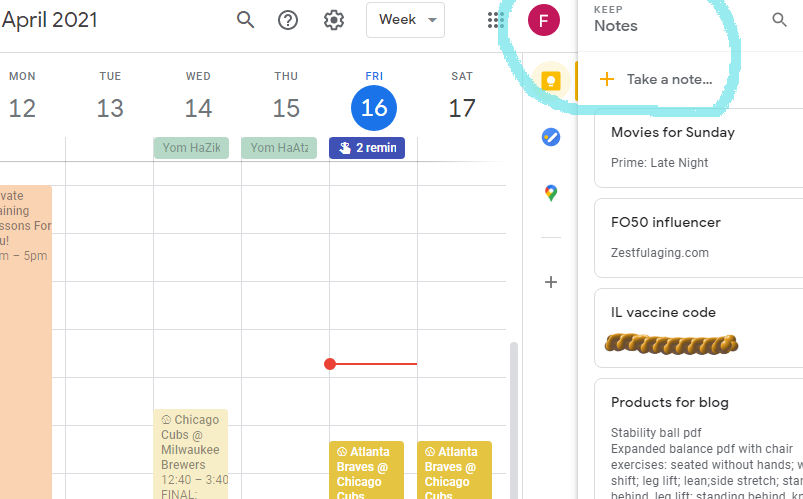I have to apologize to you. For some time now, I’ve been writing about what it takes to be healthy, eat right to lose weight, exercise regularly and it may have seemed like you have to do it in a vacuum. That’s just not true!
You’re not alone
You’re not alone. You shouldn’t be alone, especially not on this journey. The more you involve other people who support you the better! If your friends and family truly want what’s best for you then they can only support your path to fitness.
After all, we humans are social beasts. When we’re around others who have the same set of beliefs, we thrive. We have meaningful discussions and make each other think. When we’re with others who support us, we’re growing our resilience, just as we’re helping others grow theirs.
And these days, we’re able to physically see our friends and family more than in the past year. It’s a time for togetherness, happiness and optimism.
Get together!
Your journey to fitness should be an opportunity for togetherness!
By all means, involve your friends and family in your fitness journey. Share healthy recipes. Or go to your favorite restaurant that offers options that are appealing to you with your modified – healthy – mindset.
Be sure that those around you really are supportive. I don’t mean to sound negative, but you definitely only want people around you who really care about your best interests.
Just like you can sabotage your own efforts, others can, too. So my suggestion is to explain exactly what you’re doing and your reasons. Offer any research that you’ve done if questions are raised.
It’s natural to resist change. And that can be true about personal change as well. Make sure that your friends and family know that you’re still you! You still have the same interests, hobbies (with maybe a few healthier ones added to the mix), taste in clothes and books, and love for chocolate. Don’t let those who are resisting your change, change your mind! You’re on the road to health and wellness. This can only benefit everyone around you.
And when your “tribe” knows that you haven’t actually joined a cult, and you’re on the fitness path for good reasons, they may even join you!










